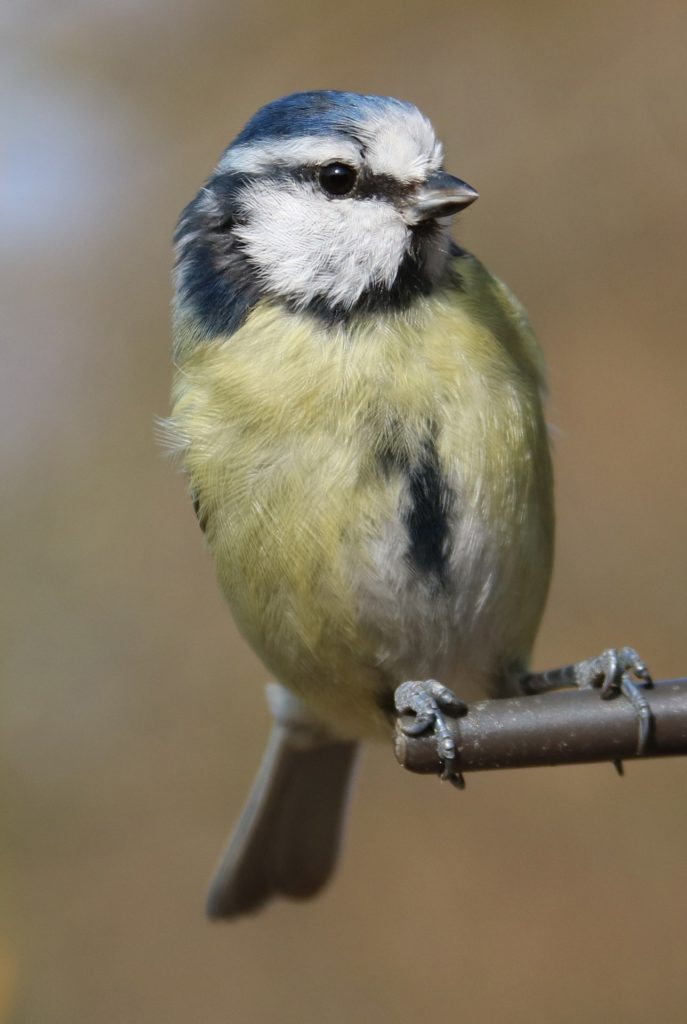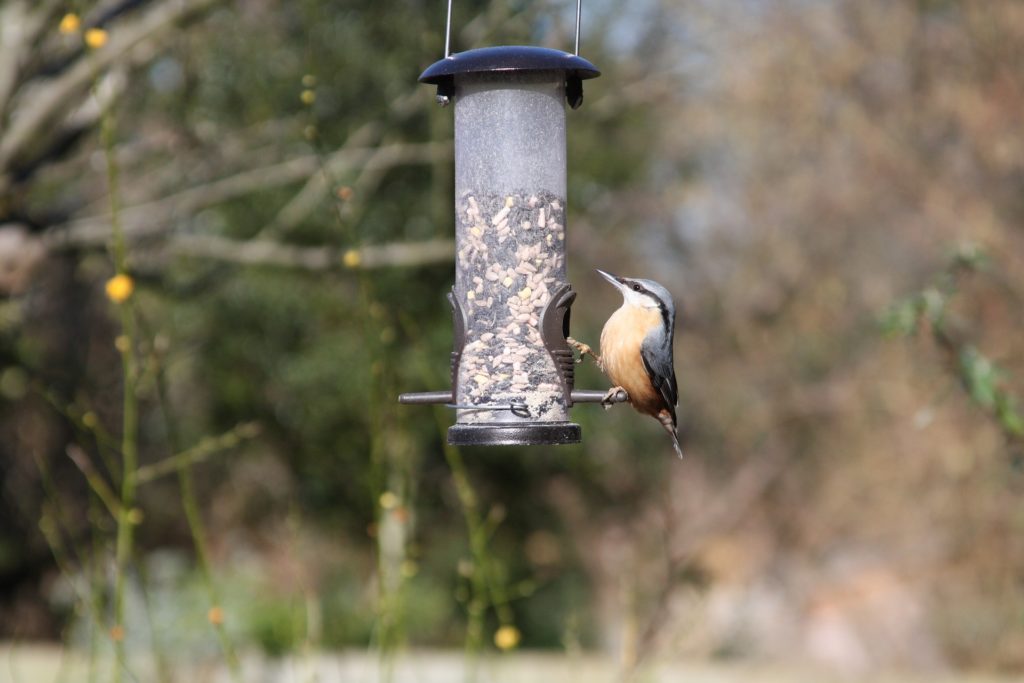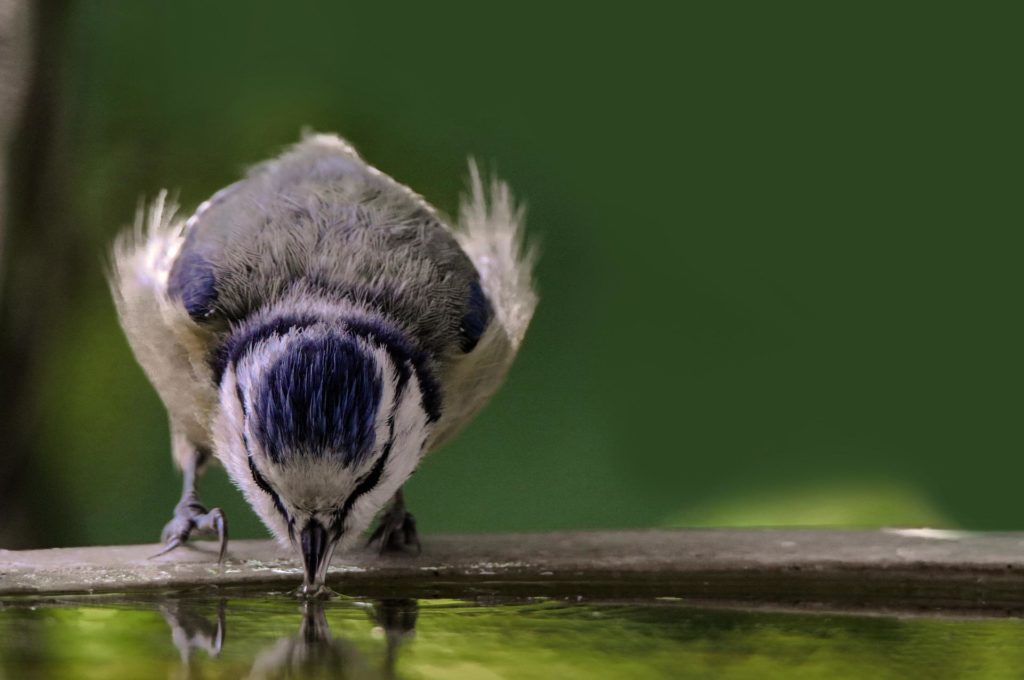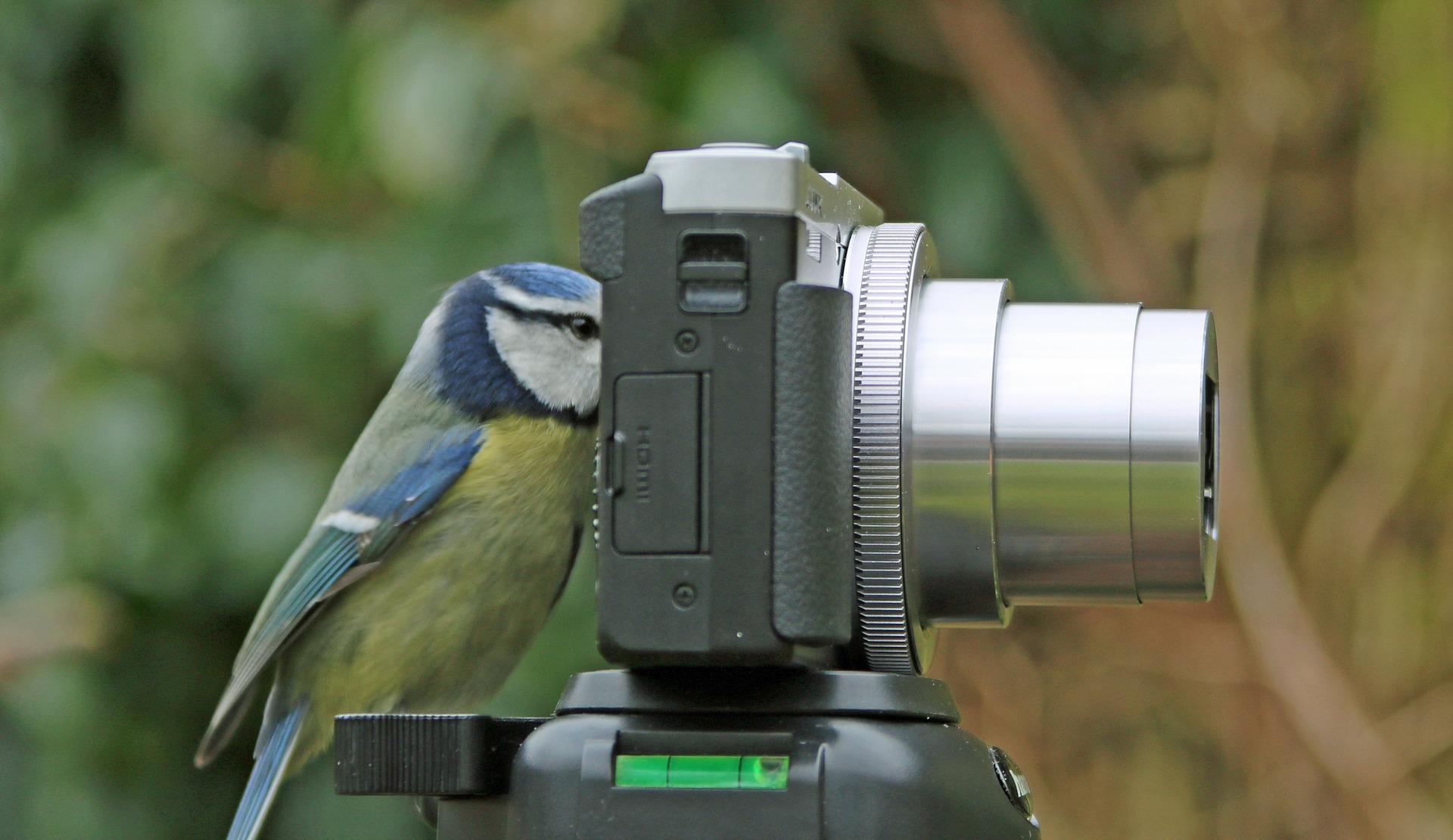One of the beautiful things about Devon is the abundance of wildlife, including the songbirds that w...
One of the beautiful things about Devon is the abundance of wildlife, including the songbirds that we have in our gardens. Schemes like #NoMowMay have helped in recent years to give our native birds a chance to thrive on the insects that untouched grass and meadowland supplies.

But it’s not just the birds, as part of Plantlife’s annual No Mow May campaign, research found that simple changes in mowing can result in enough nectar for ten times more bees and other pollinators. In fact, their study discovered over 200 species were found flowering on lawns in 2021 including rarities such as meadow saxifrage, knotted clover and eyebright. Don’t forget to log your own findings on their website.
Attracting birds to your garden is a delightful experience. You learn a lot and experience many new things about birds’ habitats and your environment.
In February this year more than 1,900 farmers and land managers took part in the 2022 GWCT (Game & Wildlife Conservation Trust) Big Farmland Bird Count. Over 420,000 individual birds were counted in the survey. An impressive 26 red-listed species were recorded, with seven among the 25 most frequently seen species. Of these, starlings, lapwings, fieldfares, and linnets were the four most abundant red-listed species to be spotted, with over 125,000 counted, which equates to 29% of all species recorded.
More than 63% saw robins, carrion crows and pheasants. The five most abundant birds seen were woodpigeons, starlings, lapwings, fieldfares and rooks, with a total of 204,398 spotted in total, which equates to 48% of all the birds counted.
So if you want to be someone that makes a difference, you need to attract the birds into your garden in the first place. Here are few tips to help get you started.
Grow native plants
A bird-friendly landscape offers different layers of plants for different birds to use. From tall trees to ground cover – you need a little of everything. You also need to grow different types of plants for different birds. When choosing plants, consider the season during which each plant is most valuable. Early flowering shrubs provide nectar during the spring, while trees and bushes give fruits in the late summer and fall. Therefore, think broad and grow that engage different birds round the year in your garden.

Make a little pond
If you have the space then this will attract water-loving birds. Birds drink clean and fresh water from the pond especially on hot days. At the same time, they have a safe and accessible place to take a bath. If you have a small space, then they also love a bird bath – just ensure you keep it clean and refreshed.
Provide food
Supplementary feeding can ensure that your garden supports many different birds.
According to the RSPB during the summer months, birds require high protein foods, especially while they are moulting. These food include black sunflower seeds, pinhead oatmeal, soaked sultanas, raisins and currants, mild grated cheese, mealworms, waxworms, mixes for insectivorous birds, good seed mixtures without loose peanuts. Avoid using peanuts, fat and bread at this time, since these can be harmful if adult birds feed them to their nestlings.
Temporary food shortage can occur at almost any time of the year, and if this happens during the breeding season, extra food on your bird table can make a big difference to the survival of young. Birds time their breeding period to exploit the availability of natural foods: earthworms in the case of blackbirds and song thrushes, and caterpillars in the case of tits and chaffinches. It is now known that if the weather turns cold or wet during spring or summer, severe shortage of insect food can occur, and if the weather is exceptionally dry, earthworms will be unavailable to ground feeding birds because of the hard soil. In order to help with this, buggy nibbles and mealworms can be provided during these times to prevent starvation.
You can find more information on feeding the birds in this great guide from the RSPB.

Avoid Pesticides
Attracting birds to your garden also gives a huge responsibility to safeguard them. Many bird populations are endangered due to harmful pesticides. Avoid using anything that can prove dangerous for birds as they can mistakenly consume it – this includes slug pellets and leaving salted slugs where birds might pick them up and feed them to their young.
Stop your cat (and dog) from catching birds!
55 million birds are killed by cats each year! Cats are natural hunters and sadly they will hunt and kill wildlife for fun. Responsible cat owners can try to curb their natural instinct using a few simple tactics.
The RSPB have a number of suggestions and these include putting a bell on your cat’s collar. Feeders should be placed about 2m from dense vegetation, preventing surprise attacks from cats but giving birds easy access to cover. Place nest boxes where cats cannot get close, as they might prevent parent birds from getting to the box.

Help track birds
At this time of year you can assist the experts by logging the birds you see in your garden. For example, Swifts pair for life and meet up at the same nest site in the UK each spring – usually in gaps under roof tiles and in the eaves of buildings. But as more and more old buildings are demolished or renovated, many swifts are returning to discover their nest site is gone.
By telling the RSPB where you see nesting swifts you’ll help to build a picture of where swift nest sites need to be protected and where it would be best to provide new nest sites.
With fun accessible schemes such as Give Nature a Home and the Big Garden Birdwatch, the RSPB will continue to transform gardens across the country into mini nature reserves. Building a movement and weaving the UK’s landscape into a tapestry of connected wild spaces. You can be a part of it too – and don’t forget to share your sightings with us, we’d love to know if this blog has helped you transform the birdlife in your garden.



 posted by
posted by 


Share this with
Email
Facebook
Messenger
Twitter
Pinterest
LinkedIn
Copy this link